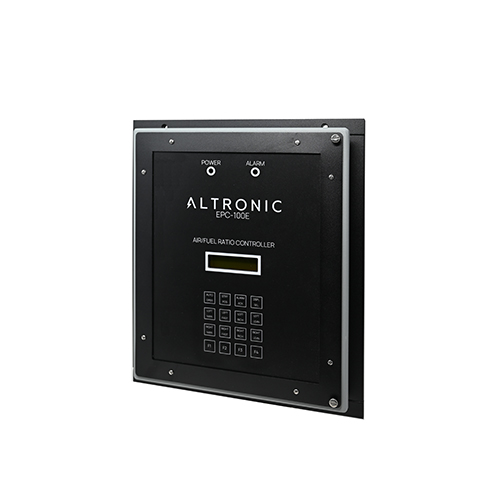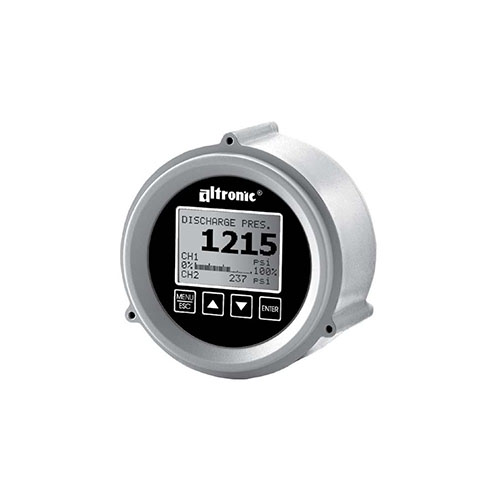The EPC-110/100E/150 Air/Fuel Ratio Controls are applicable to most carbureted natural gas-fueled engines. This universal line of emission control systems includes three specific models – two of them for stoichiometric applications using a catalytic converter (EPC-110/120 and EPC-100E), and a third model used exclusively on carbureted, lean-burn engines (EPC-150). The EPC control systems utilize microprocessor technology, thus allowing for the execution of sophisticated control strategies, and a high-level of application-specific customization. This advanced control and setup functionality is coupled with a complete line of precision, industry-proven fuel control valves. Taken together, these capabilities collectively assure the user of long-term air/ fuel ratio stability and reduced engine exhaust emissions. While stoichiometric and lean-burn engines require fundamentally different oxygen sensing technologies, all EPC systems operate on the basis of closed-loop control to a setpoint utilizing data from an exhaust-mounted oxygen sensor as feedback. With the exhaust oxygen setpoint for lowest emissions entered into the controller, the EPC unit precisely controls the flow of fuel to the engine through the stepper motor valve(s) so as to maintain the target oxygen level during engine operation. The EPC controllers feature an alphanumeric LCD display which gives operators continual access to critical operating data without the need for non-hazardous area approved hand-held programmers or PC’s. Controller operating mode, stepper motor control valve position(s), and exhaust oxygen sensor value(s) are just a few of the display-accessible parameters. To facilitate integration with supervisory monitoring and control systems, the EPC systems fully support the ModBus RTU communications protocol. A full-featured PC-based monitoring and control software package is included with each system at no additional charge to the user. All EPC systems operate on DC-power, with a typical current draw of 1-3 amps (depending upon model). In remote areas or on applications without DC-power available, power can be provided by the Altronic 24VDC Alternator Power Packages – refer to form ALT for further details. The entire EPC family of control products is certified by the Canadian Standards Association (CSA) as safe for use in Class I, Division 2, Group C and D hazardous areas.
Universal line of air/fuel ratio controls for stoichiometric and lean-burn engines Accurate closed-loop control of air/fuel ratio for minimum engine emissions Precise full-authority actuation using a range of piston and butterfly-style valves for positive control of fuel Modbus-based EPC terminal program and expanded I/O available to implement advanced control strategies Fully supports Modbus RTU communications with included PC monitoring software CSA-certified for use in Class I, Division 2, Groups C and D hazardous areas
Product Information
Operation
Programming/Firmware



















